At Afrisafe International Ltd, we are your trusted partner in ensuring a safe and secure working environment for your organization in Kenya. Our Occupational Safety and Health (OSH) services are designed to help you navigate the complex landscape of workplace safety and compliance, promoting the well-being of your employees while safeguarding your business.
Occupational health and safety (OHS) training in the workplace helps employees stay safe and healthy by identifying and reducing potential hazards.
According to the Department of Occupational Safety and Health Services (DOSHS) in Kenya, occupational health and safety training in the workplace should include: risk assessments, hazard identification, safe work procedures, emergency response training, use of personal protective equipment (PPE), reporting of incidents, and awareness of relevant OSH legislation, all tailored to the specific hazards present in the workplace; with additional mandatory training for Occupational Safety and Health committees established under the Occupational Safety and Health Act (OSHA) 2007
Among the topics covered are;
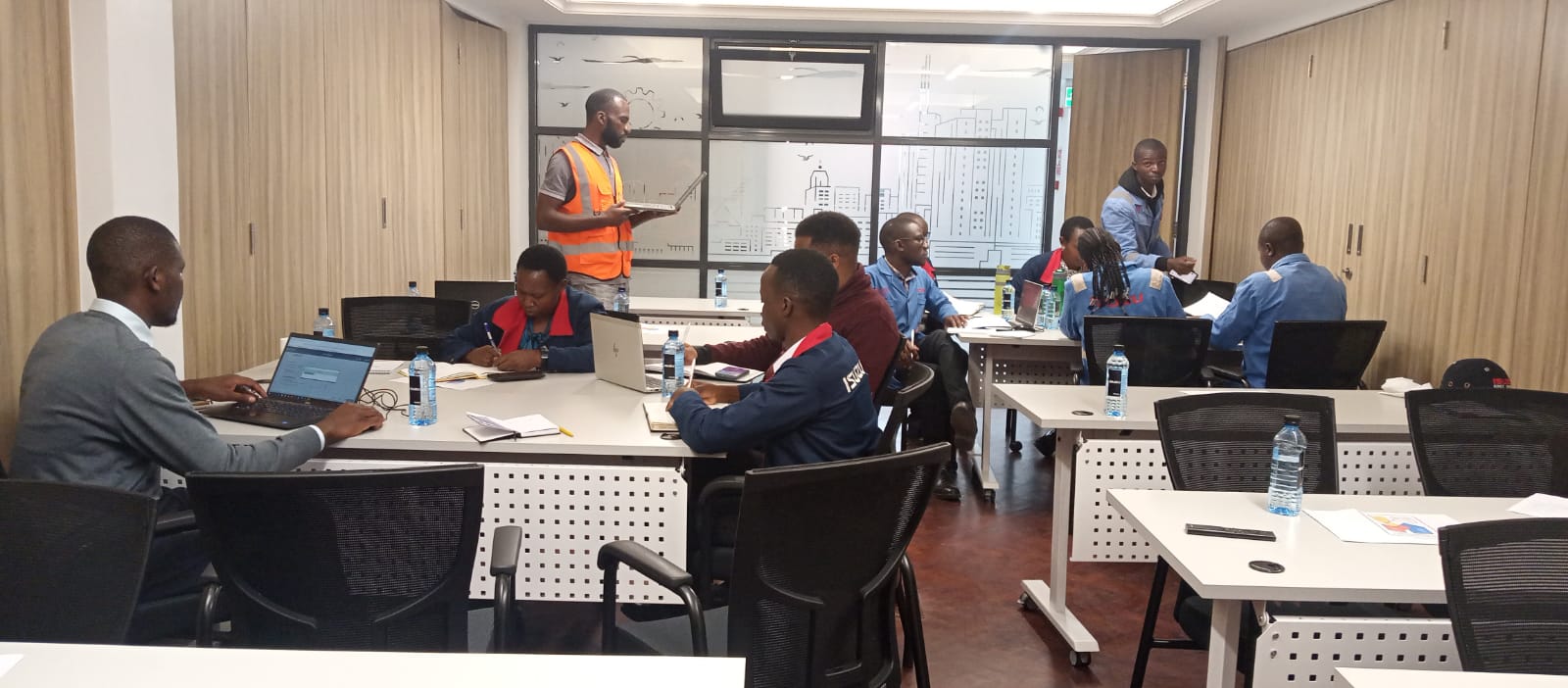
Among the topics covered are;

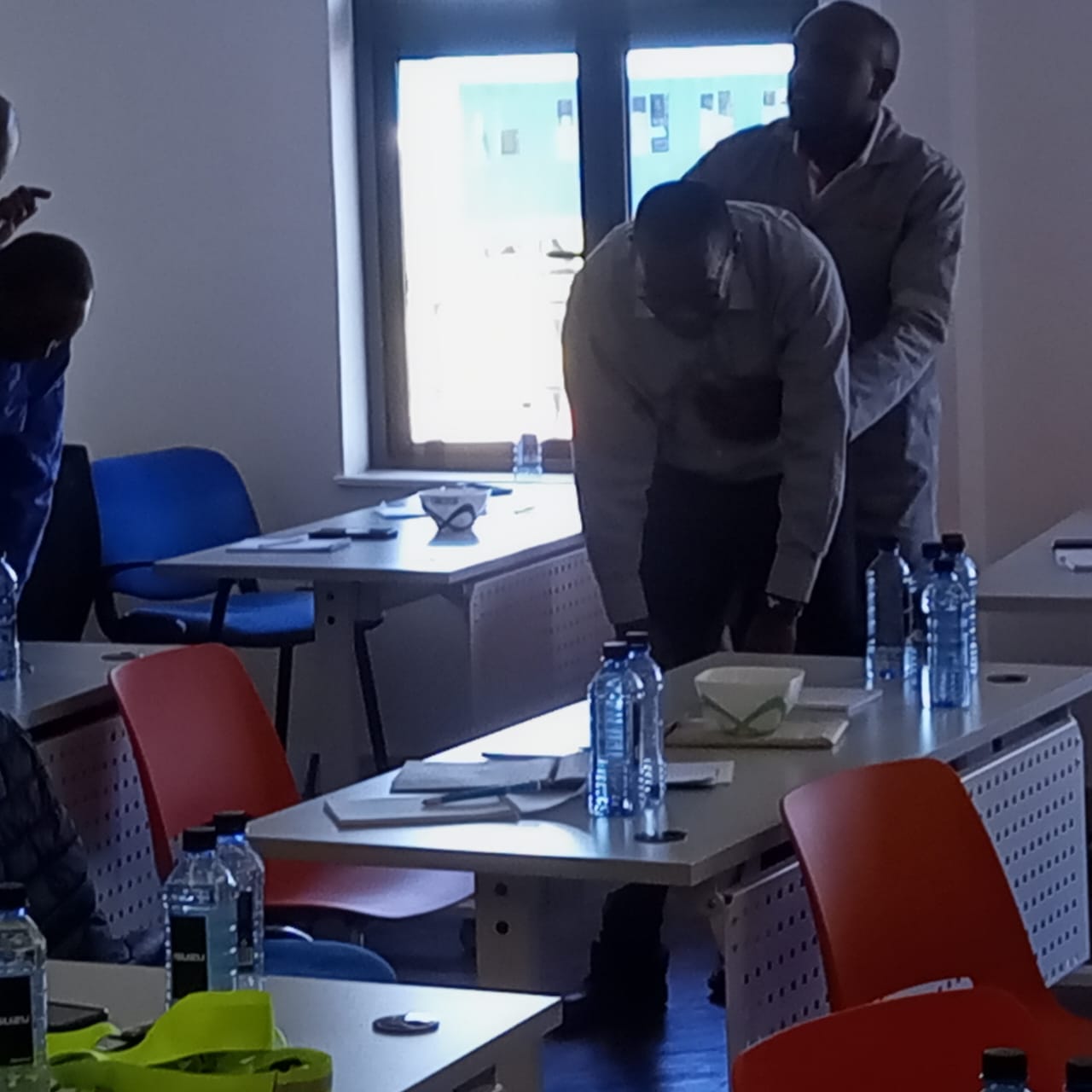
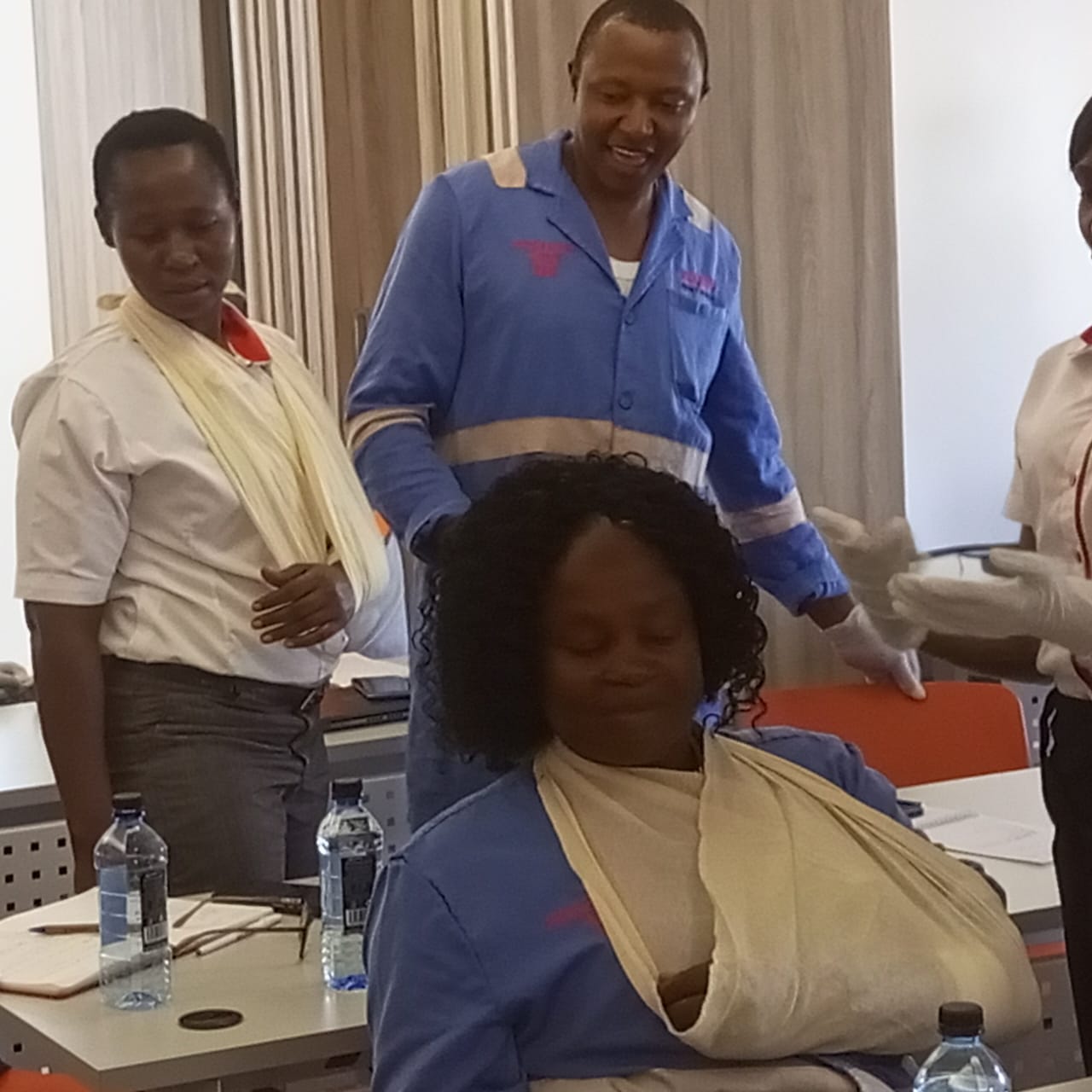
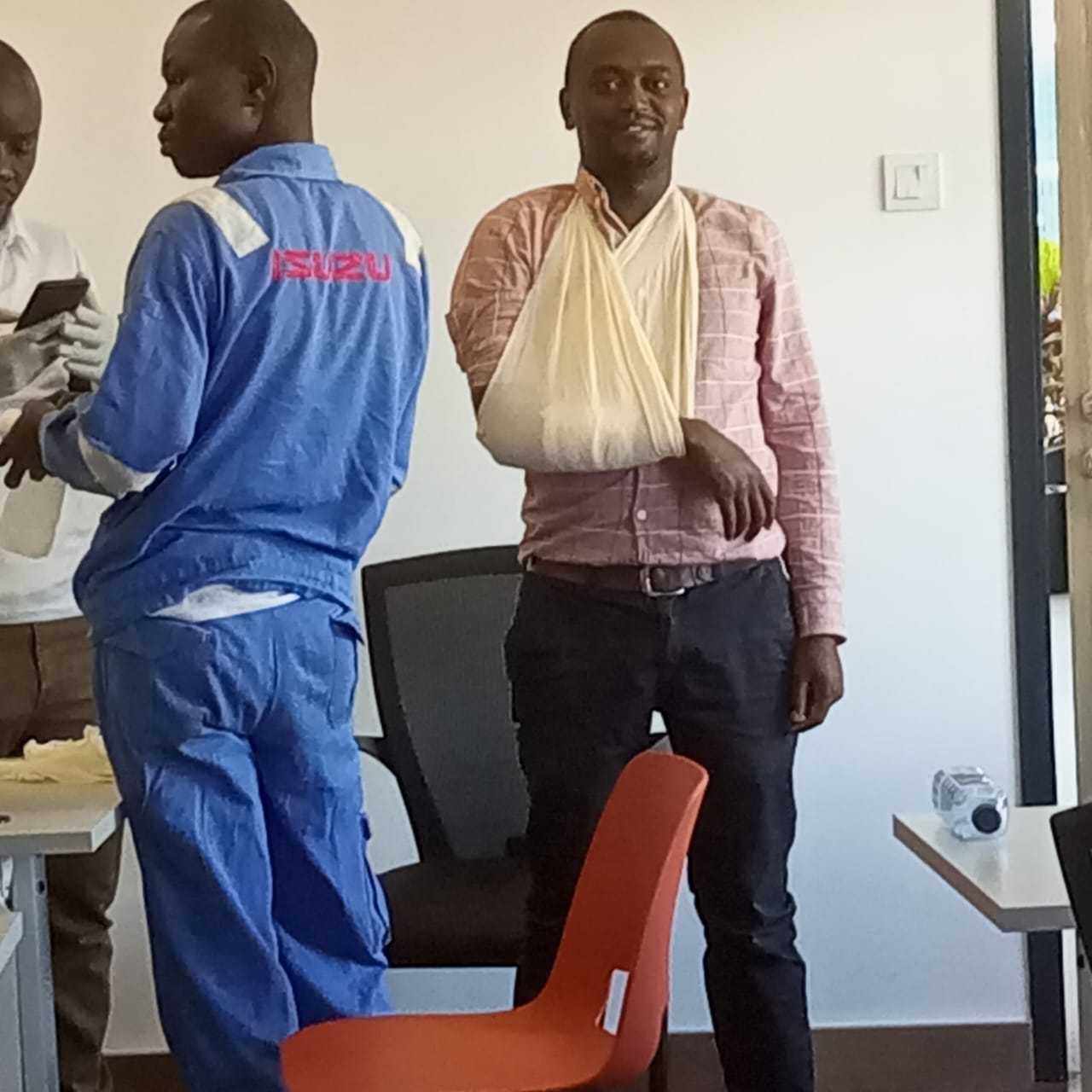
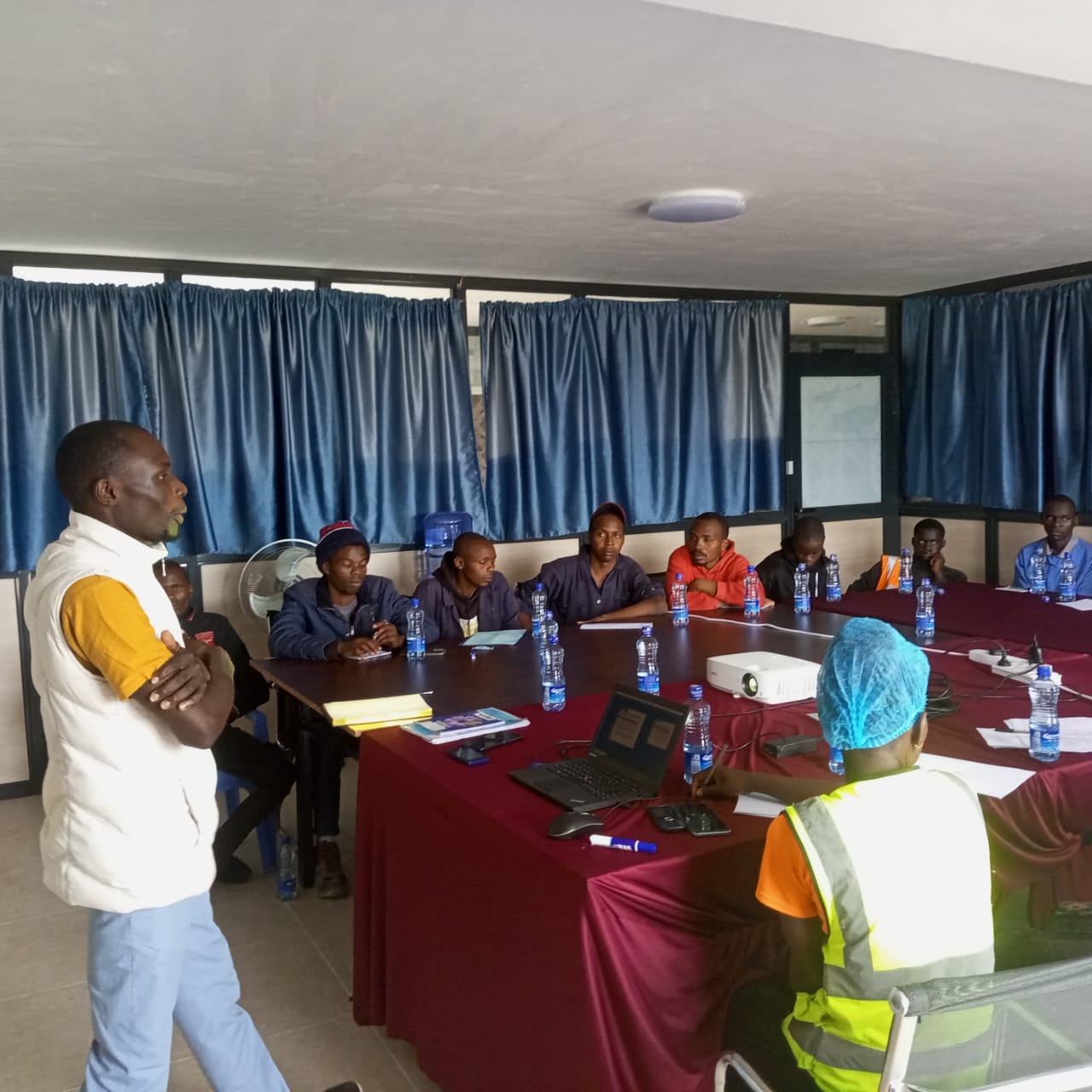
1. It’s The Law
This might seem like an obvious point, but one of the key reasons why health and safety training is important is because it isn’t optional – it’s the law. Introduced in 1974, The Health and Safety at Work Act is a key piece of legislation that requires employers and employees to take reasonable and practicable steps to ensure health and safety in the workplace. In addition, certain regulations outline health and safety procedures in specific industries and sectors.
2. Risk Can Be Found in Any Workplace
From busy construction sites to a quiet business office, all workplaces come with their own unique hazards. While it’s true that an office space might look and feel safe in comparison, threats such as slips, trips and falls, unsecured equipment and even asbestos are all things that can cause significant risk to workplace safety and are all potential issues that employee should be aware of.
It’s important to avoid becoming complacent with health and safety procedures, and to remember that no workplace is 100% safe. Ultimately health and safety should be an ongoing process that allows employers to identify, monitor and reduce risk associated with the workplace.
3. Increases Efficiency
In today’s fast paced world, many consider health and safety to be a time consuming and tedious effort, but nothing could be further from the truth. In fact, there are many ways in which health and safety can have a positive influence on boosting an organisations efficiency and productivity.
In most cases, health and safety procedures require the use of concise language and follow a distinct step by step structure so that tasks are clearly defined and easy to understand. As a result, employees are able to complete work tasks efficiently, and above all, safely. A safe workplace also ensures that employees are able to go about their work without having to worry about unsafe working conditions. By working in a safe and secure environment, workers are more likely to remain focused which contributes to the overall productivity of the organisation.
4. Reduces Costs Across the Board
Indeed, a good health and safety training program can play a key role in reducing costs in more ways than one.
Making operations clearer not only increases productivity, but can also help organisations cut down on indirect costs to businesses. Streamlined operations mean less time is spent on individual tasks, which ensures that working hours are more efficient.
Losing workers due to a workplace accident injury or illness can also have a detrimental effect on operations. Not only do employers lose valuable time and resources in managing the situation and finding a replacement, but they also miss out the knowledge, skills and experience that the employee brings to the table. Effective health and safety procedures mean that fewer employees need to take a leave of absence, which reduces the chance of long term disruptions to ongoing projects and the potential loss of highly skilled workers.
5. Creates a Safe Company Culture
A strong health and safety policy can help an organisation build a good relationship with its employees. Indeed, staff who feel safe and valued are less likely to leave, and tend to be more satisfied with their employers, which can have a positive impact on morale and help boost productivity.
On the other hand, in the digital age in which we live, word travels fast. Today forums across the internet are full of threads that discuss a companies values and ideals. A health and safety strategy can serve as a good indicator of an organisation’s awareness and commitment to social responsibility.
A safe and secure company culture is also something that prospective hires really value when looking for a new position. A safe and secure workplace can be an effective way to attract a highly skilled pool of potential candidates, which can aid an organisation in building an effective workforce.
6. Raises Your Profile
Health and safety training is important because it can often play a vital role in what projects an organisation can bid for and how they are awarded. As a result, a strong record of health and safety excellence can help businesses to achieve high recognition and good standing in their industry.
For example, a construction company that demonstrates a commitment to health and safety, is compliant with all Health and Safety Executive (HSE) requirements and is industry recognised is far more likely to be awarded high profile contracts than a company that isn’t.
Building a strong profile is a vital part of the ongoing success of any business model, and a commitment to health and safety can play a key role in the process going forward.
7. There’s Nothing to Lose, and Everything to Gain
While the above reasons are all effective points, they do share a common theme.
In short, health and safety training is important because it has the capacity to unite employers and employees in the pursuit of a common goal – to create a safe and secure workplace that ensures the safety and success of everyone involved.
Ultimately, the benefits of a strong health and safety policy far outweigh the cost of maintaining it. To that end, health and safety training should never be seen as a barrier to success or considered as an after-thought, but rather as an effective and logical step to ensure good, ethical and productive business standards.
| SN | SERVICE | DESCRIPTION |
|---|---|---|
| 1. | Occupational Safety and Health Training | We offer comprehensive training programs that equip individuals and organizations with essential skills and knowledge for workplace safety and health. |
| 2. | Risk Assessments | Our risk assessment services help organizations identify and evaluate potential workplace hazards, allowing for proactive risk mitigation. |
| 3. | Health and Safety Audits | We conduct thorough health and safety audits to assess compliance with safety standards and regulations, identifying areas for improvement. |
| 4. | Development of Occupational Safety and Health Policies | We assist in crafting tailored Occupational Safety and Health (OSH) policies to ensure safe work environments and regulatory compliance. |
| 5. | Fire Safety Inspections and Audits | Our fire safety inspections and audits help organizations enhance fire safety measures and compliance with fire safety regulations. |
| 6. | Fire Safety Training | We provide specialized fire safety training to ensure individuals are well-prepared to respond effectively to fire emergencies. |
| 7. | First Aid Training | Our first aid training programs equip individuals with life-saving skills and knowledge to respond to medical emergencies. |
| 8. | Emergency Response Training | We offer training in emergency response procedures to ensure organizations are prepared for various crisis situations. |
| 9. | Disaster Preparedness and Management | Our services include disaster preparedness and management training, enabling organizations to respond effectively to natural disasters and crises. |
| 10. | Training on Alcohol and Drug Abuse | We provide education and training programs on alcohol and drug abuse awareness and prevention in the workplace. |
| 11. | Asbestos Containing Materials (ACM) Surveys | Our ACM surveys help identify and manage asbestos-containing materials to ensure a safe work environment. |
| 12. | Supply and Maintenance of Firefighting Equipment | We offer the supply and maintenance of firefighting equipment to ensure readiness in the event of a fire emergency. |
| 13. | Supply and Training on Use of Personal Protective Equipment (PPE) | We supply and provide training on the proper use of Personal Protective Equipment (PPE) to enhance workplace safety. |
| 14. | Supply of First Aid Appliances | We provide essential first aid appliances and supplies to support immediate medical response in workplaces. |
| 15. | Construction Site Safety Management and Monitoring | Our services include construction site safety management and monitoring to ensure compliance with safety regulations and minimize risks on construction sites. |
Afrisafe International Ltd, a Kenyan-owned company, provides comprehensive Environmental, Occupational Health, and Safety services to government, public, private, and community clients.